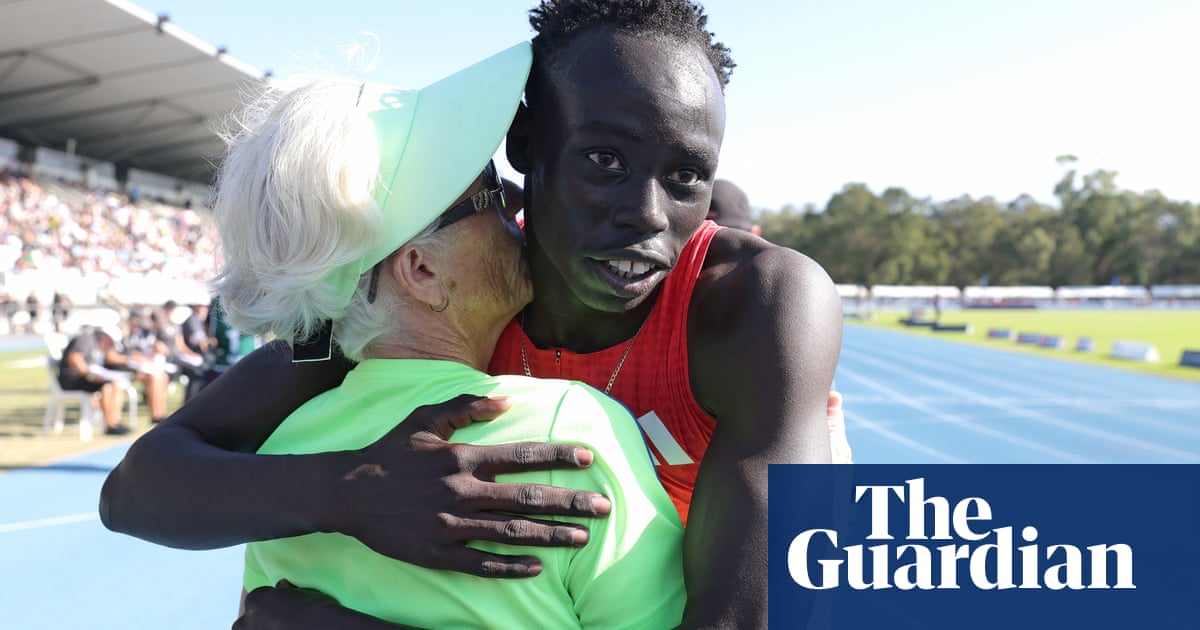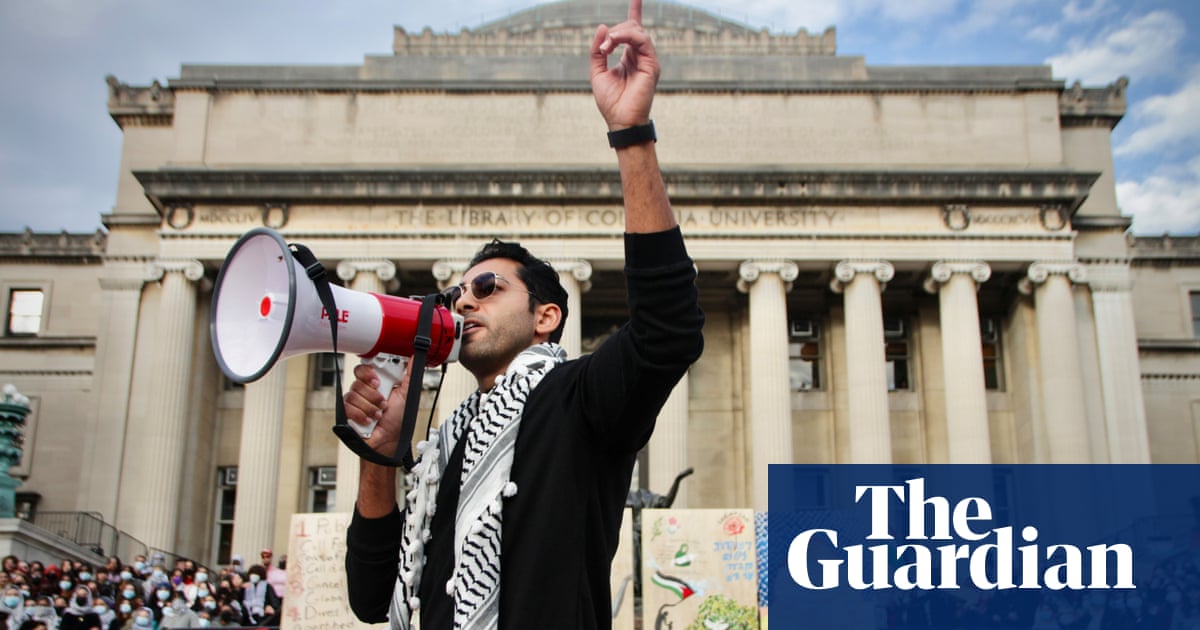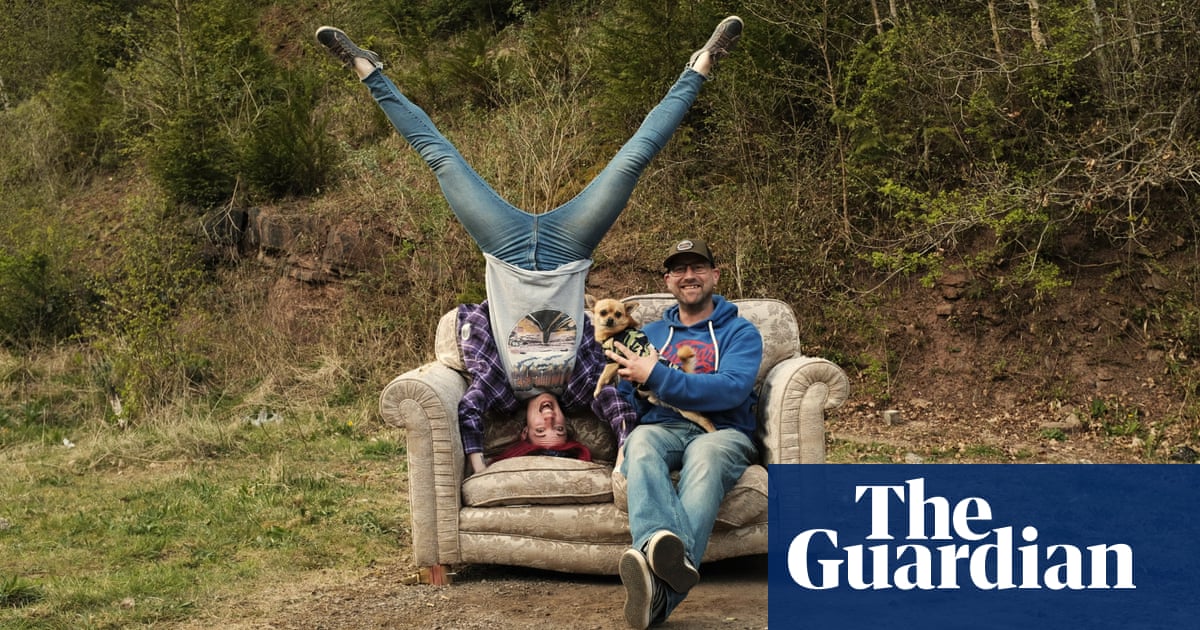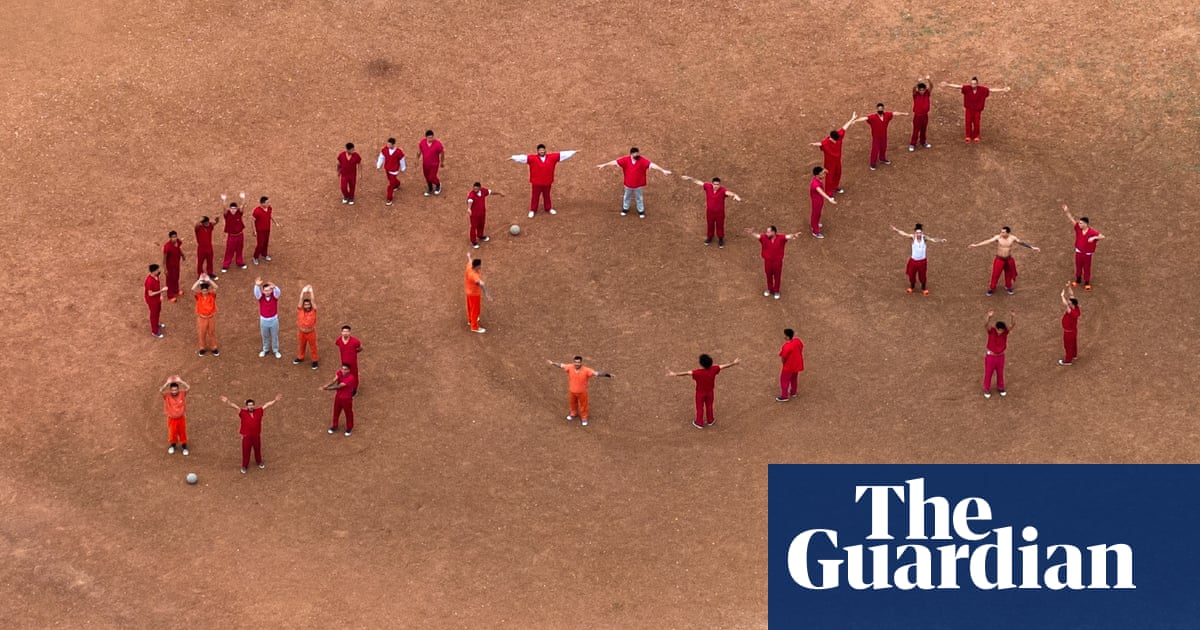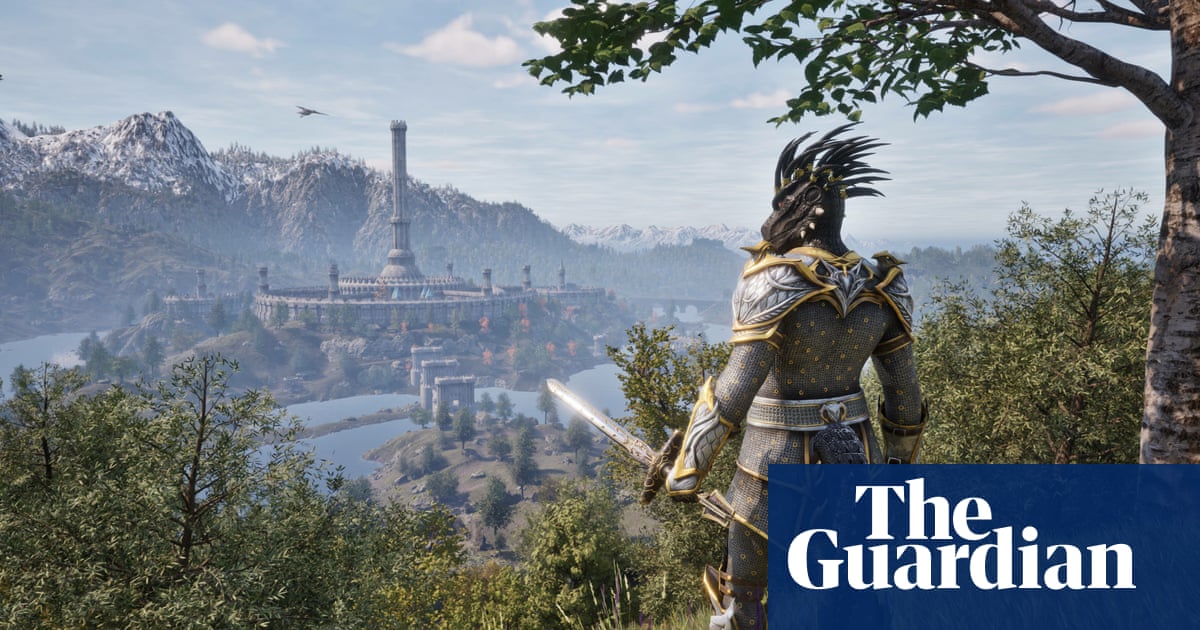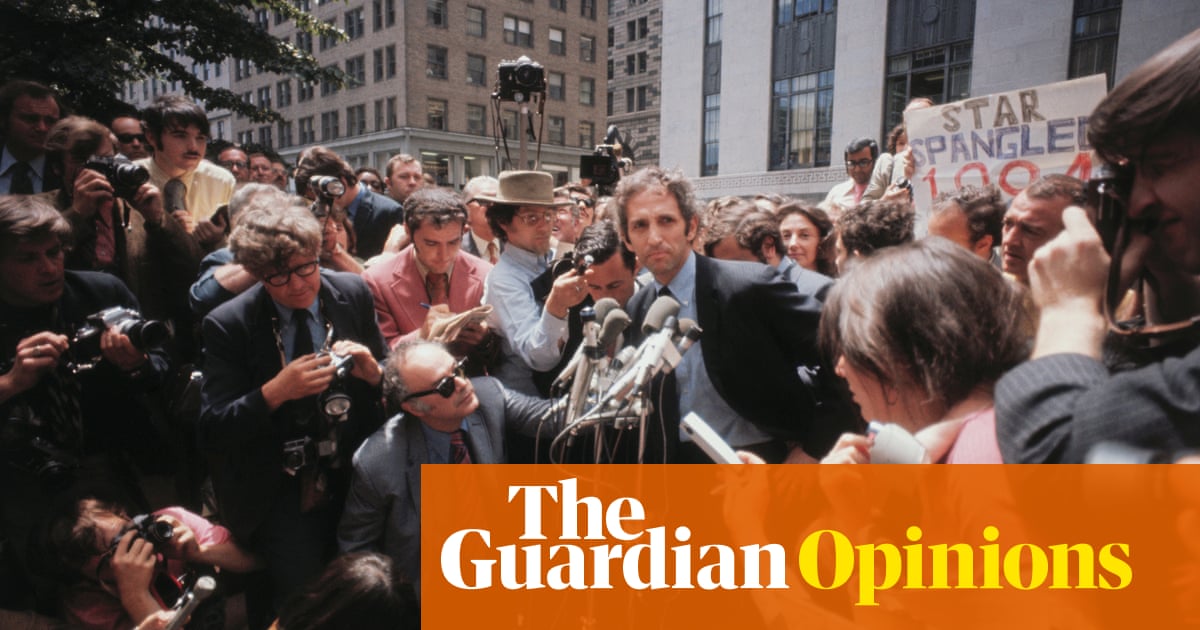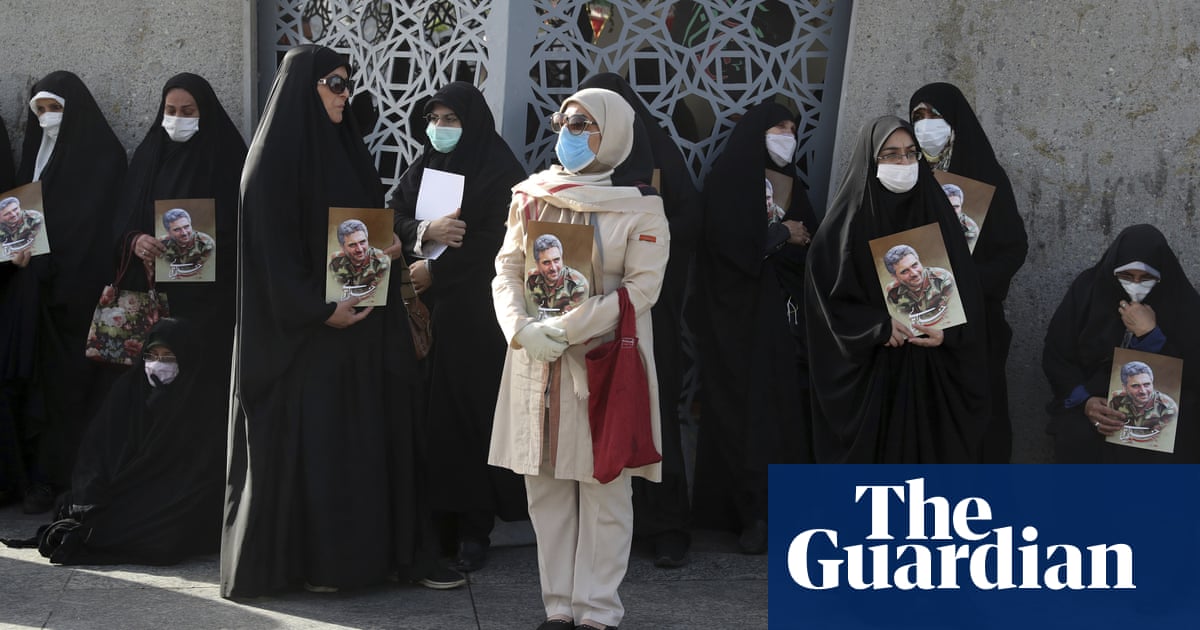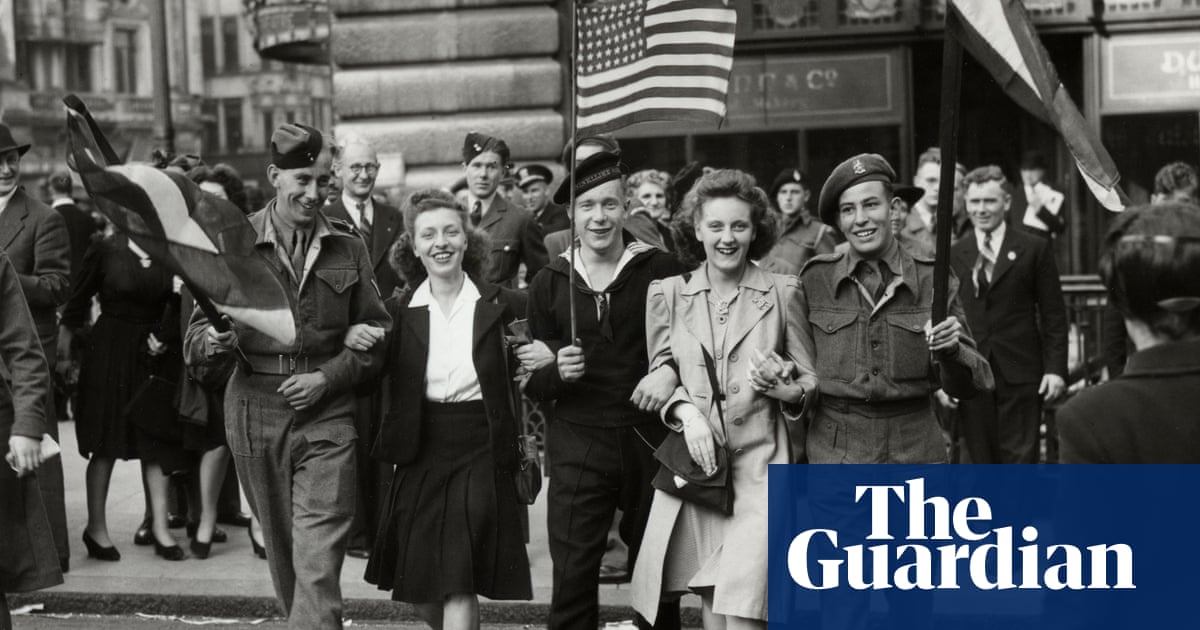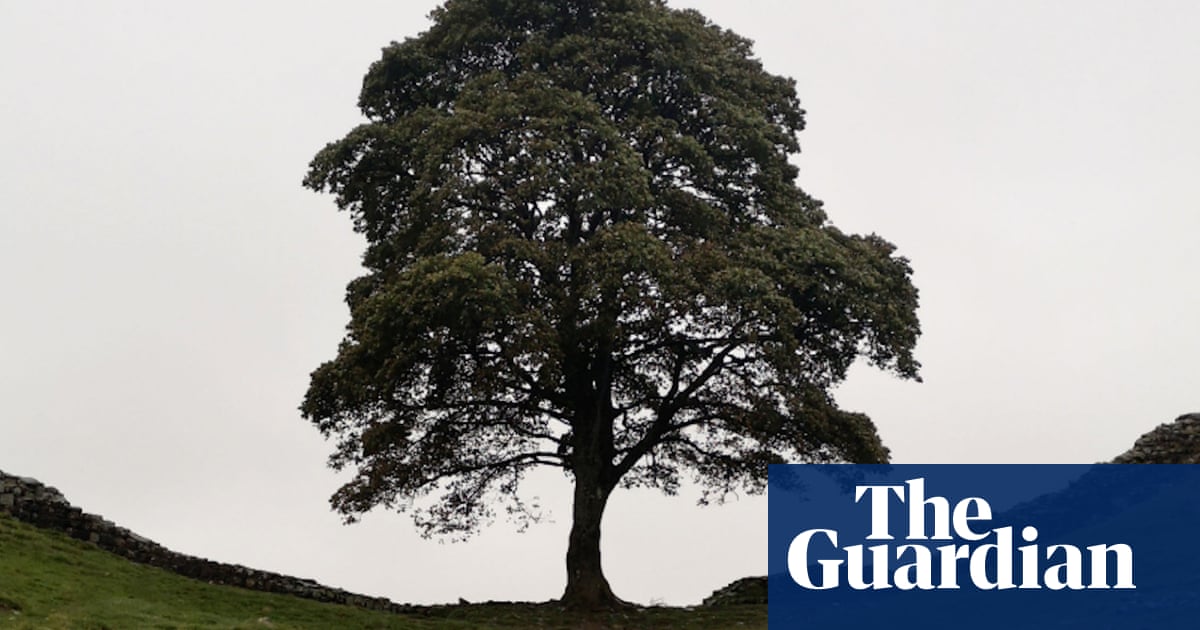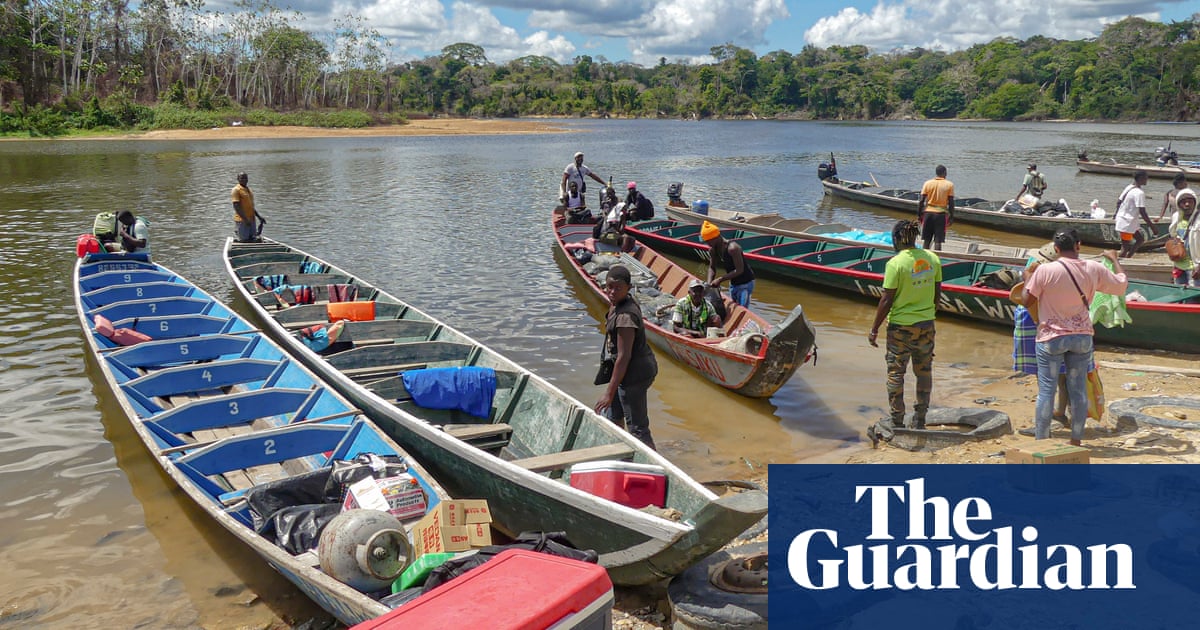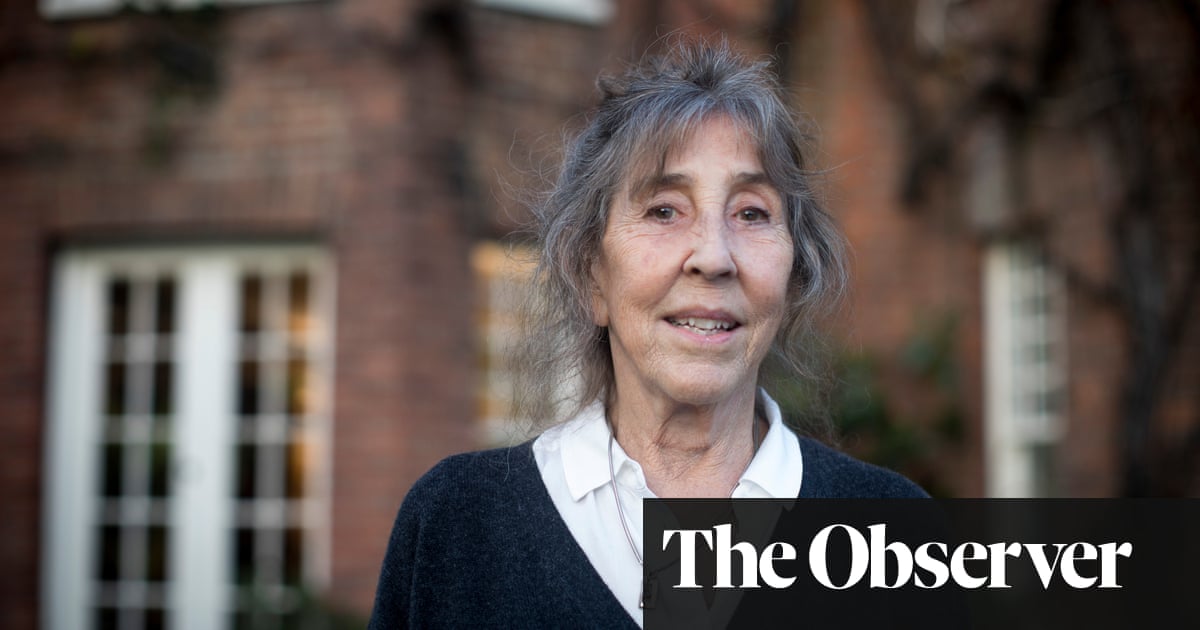When Mosab Abushama returned to his house in eastern Omdurman a year into the war in Sudan it was unrecognisable. Like the other buildings in his neighbourhood, the three-storey property he had shared with his extended family was pitted with bullet holes. Some of the walls had been blown through and the charred shells of burnt-out vehicles were scattered along the street. There was debris everywhere, and no water or electricity.
“When we came back, everything had been stolen. There was nothing left – no furniture, no belongings, not even our clothes,” he says.
Now in its third year of war, Sudan faces the world’s worst humanitarian crisis. Tens of thousands are reportedly dead, hundreds of thousands are facing famine and 13 million people are displaced, including 4 million who have sought refuge abroad.
Abushama, 27, and his family were among the millions of Sudanese people who were internally displaced when street-to-street fighting between the army and paramilitary Rapid Support Forces (RSF) in May 2023 forced them from their home.

Initially, they moved to northern Omdurman, before most of his relatives sought refuge abroad. Abushama remained behind with his elderly father, who was unable to obtain a visa to leave. In the meantime, their home had become a base for the RSF and his neighbourhood “a battlefield”, he says.
Abushama remained in the safer parts of Omdurman, where he threw himself into volunteer work, supporting hospitals and emergency food kitchens in the city.
Returning home in March 2024, he had to confront another devastating cost of the conflict – the widespread destruction of the country’s already limited infrastructure.
Many key landmarks such as the presidential palace and Al-Shaheed Mosque, in Khartoum, have been destroyed. Nearly half of the hospitals in Khartoum state have been damaged, according to a recent report. Nearly all buildings hosting media institutions have been vandalised or destroyed. In parts of Darfur, entire villages have been razed and burned to the ground.
Loss and nostalgia have become central themes in Abushama’s photography and visual art, as he tries to preserve fragments of life in Sudan in his work.
“This war didn’t just take physical things from us – like our city – it was also a war on our memory,” he says. “That house was everything to me, any sad or happy moment in my life happened there and it was ruined.”

Abushama first picked up a camera in 2019, when Sudan was in the throes of large protests after the country’s longtime former president, Omar al-Bashir, was ousted from power. It was a hobby at the time, which he pursued alongside his full-time job as a creative assistant at a production house. He occasionally shared what he photographed on his social media accounts.
He continued photographing life in Omdurman – of children playing, funerals and families sitting together – even after the war began, posting some online and keeping others. In the process of chronicling the lives around him, he accidentally became a war photographer.
“When the war started I was taking pictures for myself,” he says. “Then I realised after a few months that I’m documenting people’s lives during the war and how it is impacting us.”
after newsletter promotion

Abushama’s work is an attempt to spotlight what the destruction has meant for ordinary people in Sudan. His neighbourhood, Wad Nubawi, in eastern Omdurman, was one of the most severely damaged areas in the tri-city region, where the cities of Bahri, Omdurman and the capital Khartoum sit along the banks of the confluence of the White and Blue Nile rivers.
“I’m trying to show people what we’re missing, what we loved, how our lives were before,” he says, “so that people could feel what I feel, and what we all feel in Sudan.”
His first photo project, Tadween – Arabic for documenting – appeared in 2023. It emerged from his artistic interest in capturing the mundane aspects of everyday life, such as his grandfather watching prayers broadcast on TV from Mecca during the war, or a child with a rolling wheel toy, playing as a plume of smoke billows up in the background.
He also overlays images taken in Omdurman before the war with others taken after the RSF was ejected. In one composition, he juxtaposes an image of the debris of his house today with another of a gathering for his late grandfather, where friends and family had come together to eat and read the Qur’an.
Another captures a moment from a street nearby, where a group of men hanging out and playing football is overlaid on to the same street today. The people are no longer there, the shopfronts bear the scars of war, and the streets are strewn with litter. A parked car appears in both images, and in the later one it is so badly damaged that its bonnet seems fused with the road, the tyres gone and the contents of its engine stripped.

Abusharma won an award at the World Press Photo contest in Amsterdam this year for a photo taken on his phone of a bridegroom in a suit holding a gun at his wedding in Omdurman. The event was “beautiful”, he says, but the ambient sound was a steady ring of gunfire and deep thuds. “We had to make it fast,” he says of the wedding.
Mohamed Somji, the director of Gulf Photo Plus, a UAE-based photo centre, wants to bring Abushama’s work to London in May for an exhibition. He says that what makes his photography powerful is that, in contrast to mainstream coverage of Sudan – which is sometimes “limited” and “often abstract” – his work is grounded in people’s realities during a time of war in his country. “Mosab’s work stands out because it doesn’t just document events in Sudan – it testifies to them in a way that’s raw, immediate and deeply human.”

“These moments are not framed for spectacle – they’re fragments of survival, grief and resilience,” says Somji.
Abushama says he is still trying to process the scale of what has been lost to war. He considers himself fortunate to have found a way to leave the country to study at the School of Visual Arts in New York City but it only intensifies the feelings of loss.
“Things won’t be like they were, but we have to retrieve what we can because these are our collective memories,” he says.
“I’m just hoping this ends; every day we’re losing something about who we were.”


 4 hours ago
4
4 hours ago
4




